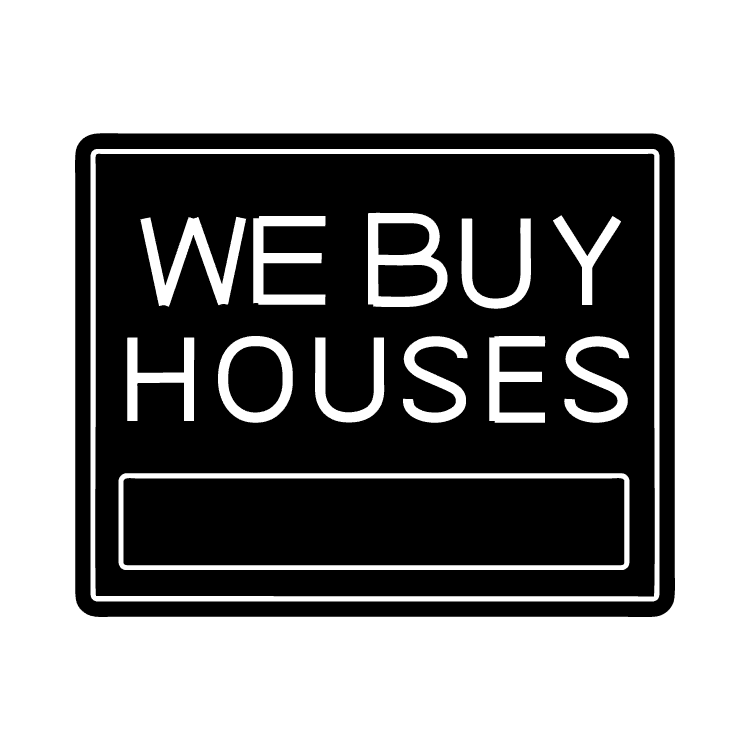Useful obsolescence can be a vital strategy in real property that could significantly effect the value, marketability, and functionality of qualities over time. As opposed to actual physical wear and tear a result of wear or economical obsolescence influenced by external elements, practical obsolescence comes from intrinsic problems or obsolete features in a property’s style, systems, or layout. This post delves in the functional obsolescence real estate, a variety of aspects bringing about useful obsolescence across various areas of real estate property, highlighting their implications and exactly how stakeholders can deal with these challenges properly.
Knowing Practical Obsolescence
Efficient obsolescence refers to areas of a house that reduce its worth or attraction on account of out of date layout, features, or layout. These factors can easily make a house a lot less competing in the market and might require proper treatments to minimize or solve. Determining the actual aspects contributing to efficient obsolescence is essential for home owners, investors, appraisers, and developers to help make educated choices and enhance advantage efficiency.
Important Aspects Contributing to Practical Obsolescence
Technological Advancements:
Quick Technological Changes: Improvements in technologies can rapidly provide developing techniques, fittings, and services outdated. Properties missing modern day facilities for intelligent home technology, vitality performance, or substantial-speed internet online connectivity may face technical obsolescence.
Out of date Constructing Solutions: Obsolete HVAC (Heating system, Air-flow, and Air-con) techniques, pipes, electric cabling, along with other developing solutions can improve functional charges, lessen power effectiveness, and detract through the property’s overall market place appeal.
Design and style and Structural Tendencies:
Variations in Style Tastes: Changes in architectural variations and layout personal preferences after a while can result in functional obsolescence. By way of example, properties with compartmentalized themes and sealed-off areas can be less appealing in comparison with available-strategy patterns that promote spaciousness and connections.
Absence of Flexibility: Badly made surface strategies to limit usefulness, adaptability, or sunlight penetration can detract from your property’s livability and user expertise, affecting its marketability and value.
Constructing Code Compliance:
Up-dates and Polices: Variations in building rules, safety specifications, and environmental polices require properties in order to meet recent conformity requirements. Low-agreement could lead to useful obsolescence, necessitating pricey makeovers or enhancements to line-up with authorized and regulatory criteria.
Financial and Market Factors:
Changes in Industry Need: Changes in consumer choices, demographic trends, and economic conditions can influence house demand and value. Attributes that do not line up with existing marketplace expectations or lack amenities featuring preferred by purchasers or tenants may experience economic obsolescence.
Local community Dynamics: Variations in community demographics, infrastructure advancement, or zoning rules can effect home principles and marketability with time, bringing about efficient obsolescence otherwise resolved proactively.
Enviromentally friendly Sustainability:
Electricity Inefficiency: Qualities with bad efficiency, out of date energy methods, and high power ingestion charges can be perceived as environmentally obsolete. Enhancing vitality performance and incorporating eco friendly techniques can mitigate efficient obsolescence relevant to environment problems and working costs.
Ease of access and Security:
Availability Standards: Properties which do not meet availability criteria for people with impairments may possibly face functional obsolescence, limiting their entice a broader array of probable passengers.
Basic safety Concerns: Basic safety dangers, out of date flame security techniques, and inferior safety procedures can detract from your property’s general attractiveness and pose responsibility hazards, necessitating improvements to make certain occupant basic safety and conformity with protection regulations.
Consequences and Mitigation Methods
Non commercial Property:
Renovation and Modernization: Modernizing kitchen areas, washrooms, and living areas to position with modern design trends and life-style choices.
Power Productivity Improvements: Installing energy-successful home appliances, heat retaining material, and alternative energy techniques to lessen utility charges and boost sustainability.
Commercial Real-estate:
Adaptive Reuse: Repurposing out of date business office areas or retail structures for choice utilizes that much better fit recent marketplace calls for.
Technical Integration: Integrating smart developing technologies, accommodating workspace designs, and facilities that enhance tenant productiveness and fulfillment.
Manufacturing Real-estate:
Modernizing Facilities: Updating producing services with advanced equipment, programmed solutions, and energy-efficient systems to enhance operational performance.
Concurrence and Basic safety Innovations: Guaranteeing agreement with manufacturing safety standards, ecological restrictions, and staff security methods to minimize risks and improve property importance.
Responding to Practical Obsolescence
Complete Property Evaluations: Doing detailed inspections and reviews to recognize possible resources for efficient obsolescence, such as creating methods, design imperfections, and regulatory compliance problems.
Tactical Remodelling and Retrofitting: Creating remodelling plans and retrofitting approaches to street address identified obsolescence elements and improve residence overall performance, sustainability, and market competition.
Industry Placement and Communication: Emphasizing house skills, restoration potential, and sustainability functions in ads to attract would-be buyers or tenants and know the difference the house in the marketplace.
Summary
Useful obsolescence positions substantial challenges in actual property valuation and home development, affecting properties across non commercial, industrial, and business market sectors. By learning the important aspects leading to functional obsolescence—such as technical modifications, style styles, constructing program code concurrence, economical shifts, sustainability concerns, and safety considerations—stakeholders can put into action proactive approaches to mitigate hazards, enhance house value, and ensure long term viability in the very competitive industry atmosphere. Efficient treatments for practical obsolescence requires constant monitoring, proper preparing, and purchase in environmentally friendly and impressive remedies that increase home features, efficiency, and interest satisfy evolving marketplace demands and stakeholder anticipations.

